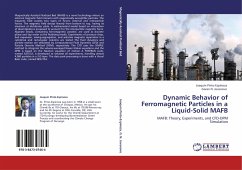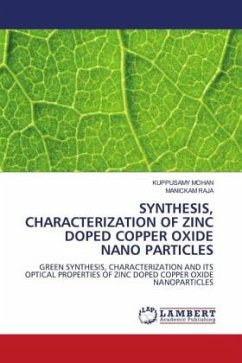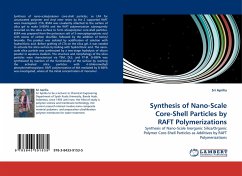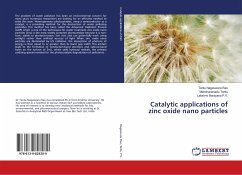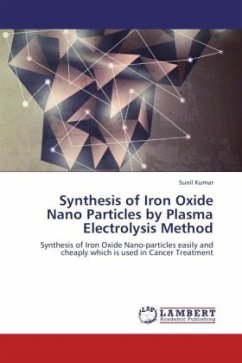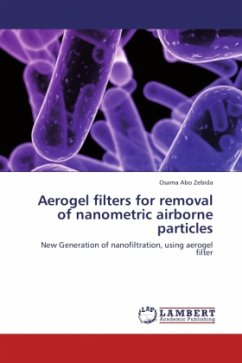Magnetically Assisted Fluidized Bed (MAFB) is a novel technology where an external magnetic field interacts with magnetically susceptible particles. The magnetic field creates two types of forces: external and interparticle forces. The magnetic field decays linearly from bottom to top, having its maximun at distributor plate. A mathematical model based on interaction of ideal dipoles is proposed to account for the interparticle magnetic force. Alginate beads, containing ferromagnetic powder, are used as discrete phase and tap water as the fluidizing media. Experiments of pressure drop, bed expansion, mixing-segregation, and selective magnetic separation in a cylindrical and rectangular columns are tested. The fluid dynamics and particle motion are simulated by Computational Fluid Dynamics (CFD) and Particle Discrete Method (DPM), respectively. The CFD uses the SIMPLE method to integrate the volume-averaged Navier-Stokes equations and the DPM is based on the Newton equation of motion. A FORTRAN code, named AZTECA, is developed to simulate all experiments, handling almost 4,000 particles in a 2-D layer. The data post-processing is done with a Visual Basic code, named BOLITAS.

